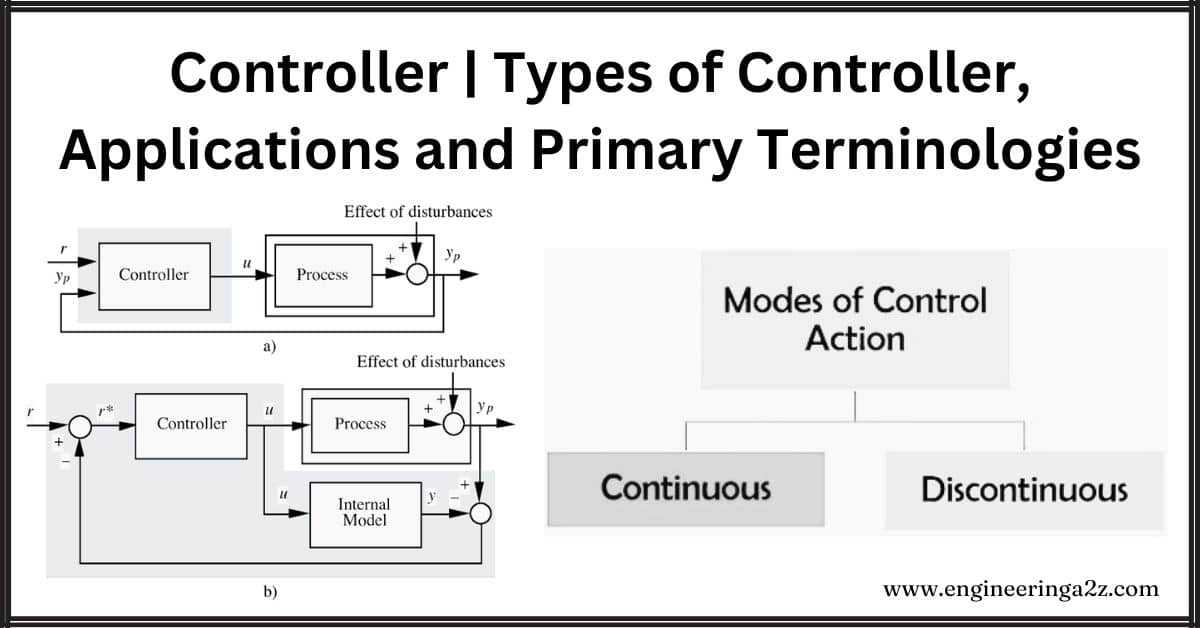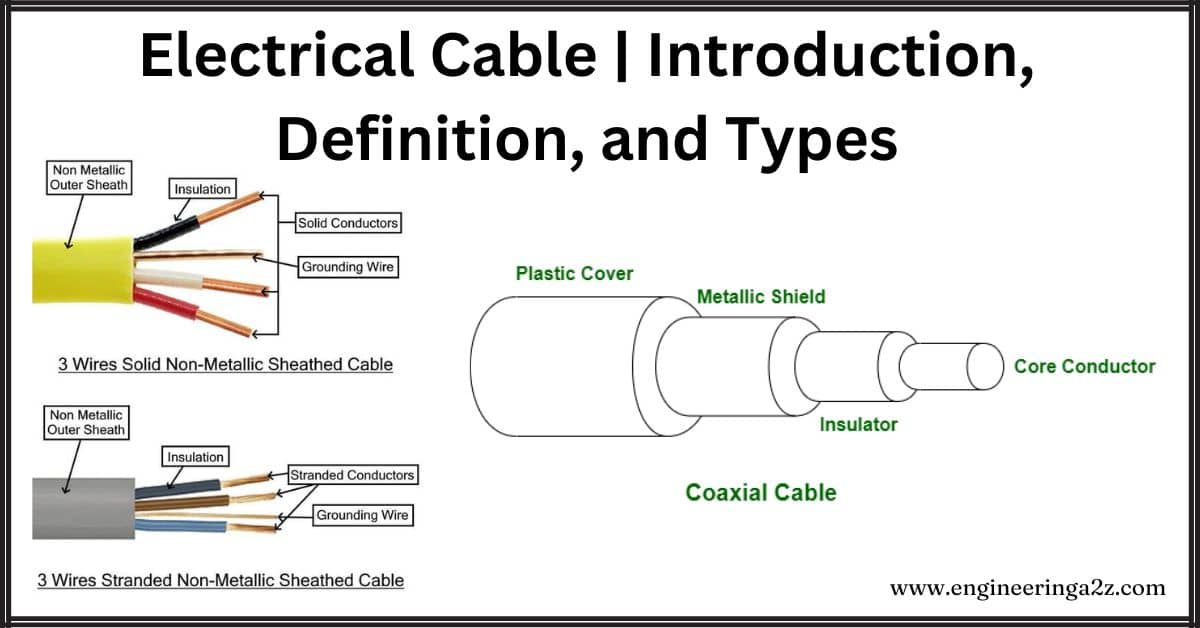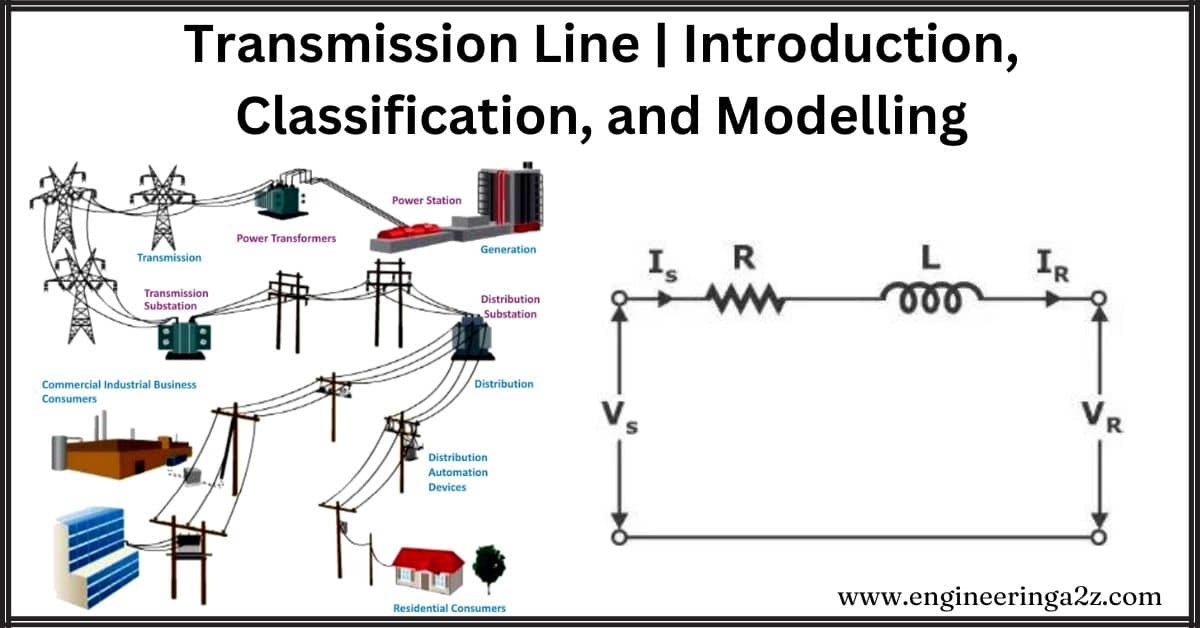Capacitive Voltage Transformer | Working, Characteristics, and Applications
Introduction A Capacitive Voltage Transformer (CVT) is an essential component in power systems. It accurately…
Types of Controller | I, D, PD, P, PI, PID Control
Introduction A controller is like the boss of a control system. It's responsible for keeping…
Controller | Types of Controller, Applications, and Primary Terminologies
What is a Controller? Controllers are like the brains of a control system, working to…
Wheatstone Bridge | Construction, Principle, Formula and Disadvantages
Introduction The Wheatstone Bridge is a gadget invented in 1842 by scientist Wheatstone to figure…
Diode | Construction, Working, Types, and Application
Introduction A diode is a small device with two ends, and it mostly allows electricity…
Linear Applications of Op-Amp
A linear amplifier like an op amp has many different applications. It can make weak…
Electrical Cable | Components, Types and Application
Introduction Electrical cables are like electric highways that carry power or signals from one place…
Distribution Systems | Classification and Challenges
Introduction The distribution systems is like the delivery system for electricity in a local area.…
Two Port Network | Introduction, Example, and Parameters
Introduction Two-port networks simplify complex electrical circuits. They represent components like transmission lines and transformers,…
Transmission Line | Introduction, Classification, and Modelling
Introduction A transmission line is like a power highway for electricity to travel from a…





















Comments